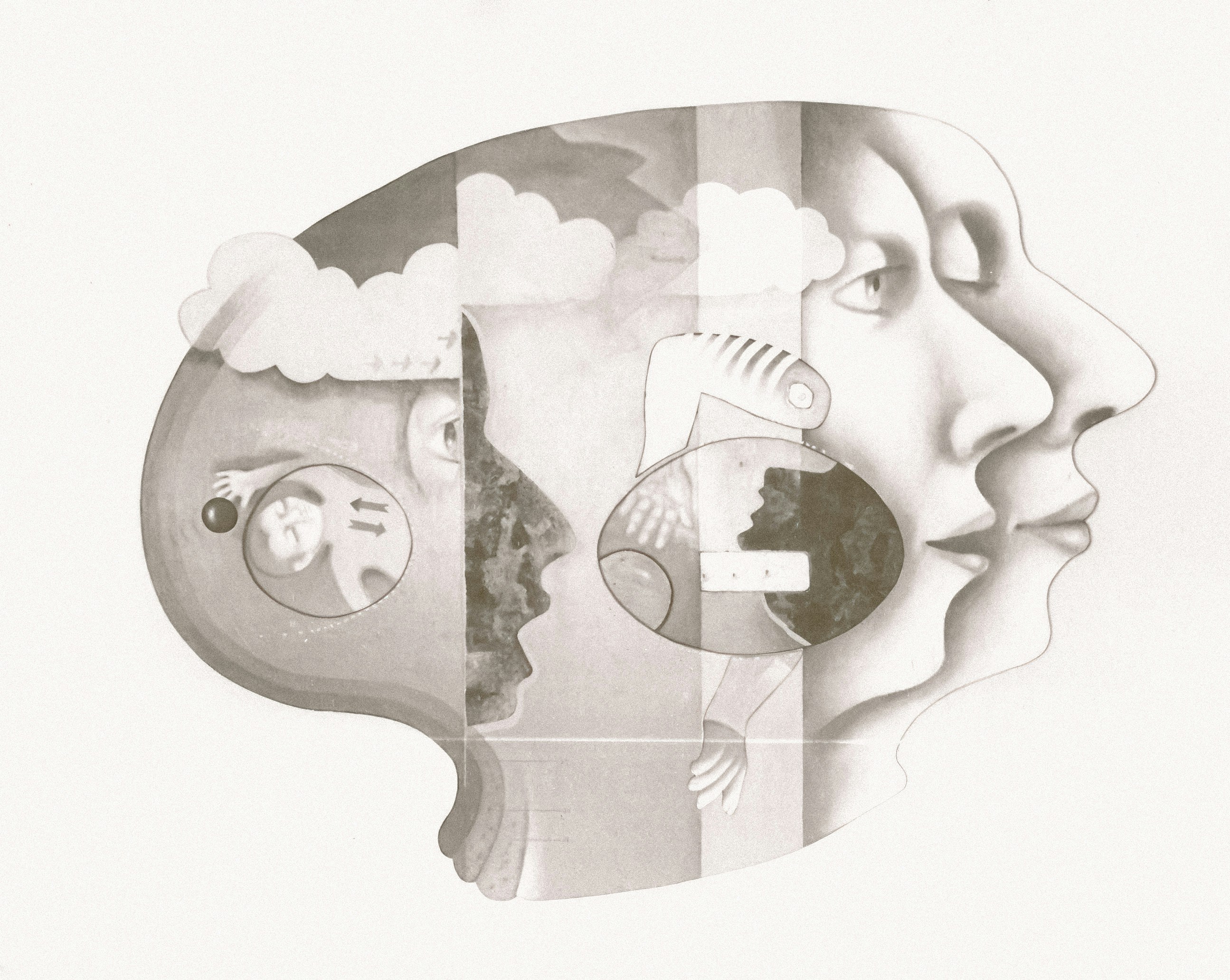Discover Pet-Powered Mental Wellness: Stress Relief Through Training
Pet ownership can bring incredible joys but also challenges, especially during stressful times. Have you ever noticed how just being close to our furry friends can help us navigate anxiety? The bond between humans and their pets goes beyond companionship; it’s mutual support during life’s ups and downs. This article explores how interactive training techniques not only boost our pets’ cognitive abilities but also leverage the power of our animal companions for our mental wellbeing.
The Emotional Connection Between Pets and Owners
The relationship we develop with our pets is incredibly special, often resembling that of family. When stress hits, whether due to work, family issues, or major life changes, many people find solace in their pets. Studies reveal that the presence of pets can reduce cortisol levels, the stress hormone, and increase oxytocin, a hormone responsible for bonding. This synergy benefits both parties, leading to enhanced emotional resilience.
For those dealing with anxiety or stress, interactive training with pets can be a powerful method of coping. Not only does it engage the mind, but it also creates a shared experience that strengthens bonds and establishes trust. The act of training can distract us from our worries and focus our energy on productive activities.
Enhancing Pet Interaction Through Positive Training Techniques
When it comes to pet training, the emphasis should always be on positive reinforcement. This method cultivates an environment of trust and cooperation, leading to happier pets and pet owners. According to the American Kennel Club, ensuring that training is done through rewards—like treats, praise, or playtime—promotes positive behavior and reduces anxiety in animals.
As we focus on building interactive training techniques, consider incorporating activities that require collaboration, such as:
-
Obstacle Courses: Engaging dogs in obstacle courses not only improves their agility but also offers a fun bonding experience. This exercise requires both physical activity and teamwork, fostering mutual trust.
-
Interactive Games: Activities that involve problem-solving, like puzzle toys, encourage mental engagement. For example, hiding treats within a puzzle feeder can stimulate your dog’s mind while also keeping them entertained.
-
Scent Work: Utilizing your pet’s sense of smell can greatly enhance your training. Activities that involve hiding items and encouraging your pet to sniff them out combine fun and focus simultaneously.
As training continues, it’s essential to maintain a patient demeanor. Our pets mirror our emotions; if we maintain a positive, calm attitude, they are more likely to respond favorably.
The Role of Mindfulness in Pet Training
Integrating mindfulness into pet training can have significant benefits for both pets and their owners. Practicing mindfulness—being present and fully engaged in the moment—can lead to a more harmonized training experience.
Consider a scenario where you practice mindfulness while teaching your dog a new trick. Instead of getting frustrated over repeated mistakes, take a step back, breathe, and recognize that learning is a process. This not only helps your pet feel more comfortable but also reduces your stress. Meditation with pets can even extend to joint activities like yoga or mindfulness walks, where both the human and pet can gain from natural environments.
Exploring the Science of Scent and Its Benefits
The art of scent training can play a vital role in your pet’s wellbeing, especially for those dealing with stress. According to research from the American Veterinary Medical Association, using scents like lavender, chamomile, or even certain essential oils can promote tranquility. Incorporating these scents during training sessions can establish a calming atmosphere that leads to better performance and a soothing experience.
For further exploration details on how to implement scents into your training sessions, check out the article on enhancing pet learning with aromatherapy.
Cognitive Enrichment Through Innovative Methods
Keeping your pet's mind engaged is crucial for their overall happiness and emotional stability. Innovative methods, such as storytelling in training, can provide a unique twist. By associating commands with stories, dogs become more engaged and can even pick up skills faster.
Utilizing narrative play means weaving commands and cues into a story, helping the pet relate the instruction to a scenario they can visualize. This approach is not just fun; it also contributes to emotional intelligence by creating dynamic learning environments.
Explore more about this engaging technique in our article about mastering pet training through storytelling.
Virtual Reality (VR) and Augmented Reality (AR) in Pet Training
Fast-paced technological advancements have opened new doors for pet training. Virtual Reality (VR) and Augmented Reality (AR) are revolutionizing how we train our furry friends. These techniques enable pet owners to immerse their pets in simulated environments where they can learn without the commonly distracting real-world factors.
For instance, VR can expose dogs to new environments, sounds, and sights, helping reduce anxiety in situations where they might previously have felt overwhelmed. The technology encourages adaptability while effectively teaching new tricks.
To learn more about how these modern techniques can enhance your pet's training, look into our comprehensive guide on revolutionizing pet training with VR.
The Therapeutic Benefits of Music and Sound for Pets
Creating a calming environment isn’t limited to physical interactions; auditory stimuli play a significant role as well. Music therapy is a growing area of interest for fostering pets' emotional needs. Research indicates that specific types of music can calm anxious dogs and improve their overall mood.
When training, consider having soothing music playing in the background. Experiment with different genres and observe how your pet reacts. You may find, for instance, that classical music induces a tranquil atmosphere, while upbeat tunes keep them energized and engaged during more playful training sessions.
Dive deeper into the impact of music and sound with our article on how music transforms pet behavior.
Involving Pets in Family Dynamics
Another way to create a supportive environment is to involve your pets in family dynamics. This inclusivity fosters connection and reinforces emotional bonds, benefiting everyone involved. Engaging in family activities where pets are included—like training sessions, walking, or even cooking for your pet—can lead to collective happiness and relief from stress.
Cooking for your pets, for example, can be an excellent bonding exercise that incorporates nutritional knowledge and collaborative actions. Consider exploring ways to integrate cooking into your routine with our guide on culinary experiences transforming training.
Adjusting Training for Different Needs
Not all pets respond to training in the same way, and understanding their unique needs is paramount. For anxious pets, it may be essential to approach training sessions slowly and build up to more challenging techniques. Use shorter training sessions with plenty of breaks to create rather than deplete your pet’s enthusiasm.
Recognize that not just dogs and cats; small animals such as rabbits, guinea pigs, or birds can also benefit from mental engagement through training. Tweaking your approach accordingly will maximize the benefits you and your pet experience.
When considering new training techniques, it might be beneficial to examine how they suit your pet’s personality. Our article on understanding pet personalities to transform training can help you adapt various approaches for different types of animals.
The Role of Play in Strengthening Bonds
Play is fundamental to pet care and training, acting as a natural stress reliever for both pets and their human counterparts. Engaging in play that promotes cognitive skills—whether fetching, tug-of-war, or interactive puzzle games—can enhance mental well-being. The mutual joy of play fosters emotional resilience.
Looking into new forms of interactive play can further motivate you and your pet. Engaging in community-style playdates with other pets provides a safe space for pets to socialize while benefiting from learning through interaction. Explore the concept of playdates for your furry friends in our article on the science of pet playdates.
Final Thoughts
Harnessing the power of our pets for mental wellness is a profound journey that intertwines interaction, training, and trust. The techniques discussed not only benefit our animal companions but foster emotional resilience among human pet owners.
Engaging your pet through innovative training methods, mindfulness practices, and positive reinforcement creates a supportive environment conducive to emotional wellness. Remember, the process of training should be enjoyable and enriching, not merely a checklist of commands to memorize.
As you embark on your next training session, think about how you can incorporate elements that support mental wellness for both you and your pet. By doing so, you are not only enhancing your pet's quality of life but also creating a more harmonious connection that enriches your day-to-day experience together.
Explore the vast world of pet care and training further to discover new and innovative ways to deepen your relationship with your furry friends. You’re not just fostering their skills; you’re nurturing a bond that significantly contributes to your emotional health.













